View all Standards for British Columbia (2018)
Explore relationships between identity, place, culture, society, and belonging through dramatic experiences
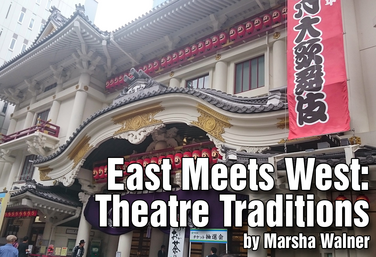
East Meets West: Theatre Traditions
by Marsha Walner
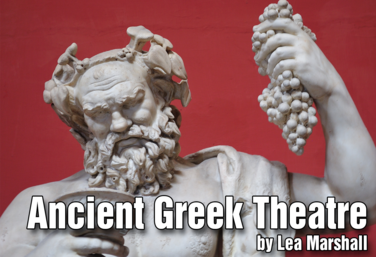
Ancient Greek Theatre - It's All Greek to Me! *Hyperdoc
by Lea Marshall
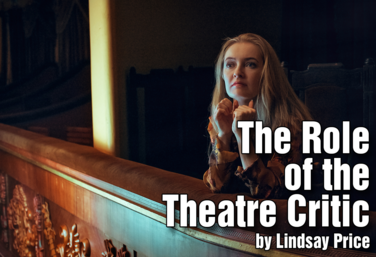
The Role of the Theatre Critic
by Lindsay Price
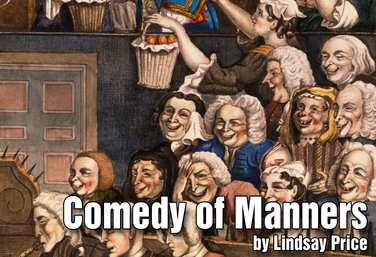
Comedy of Manners
by Lindsay Price
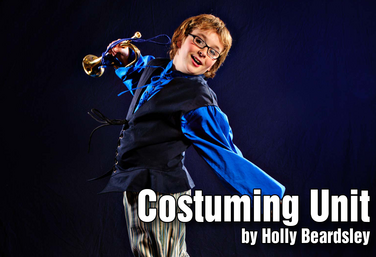
Costuming
by Holly Beardsley
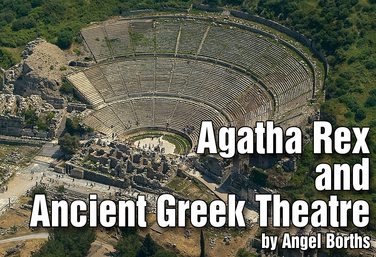
Agatha Rex and Ancient Greek Theatre
by Angel Borths
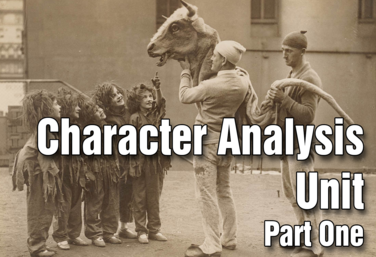
Part of the Drama Two Curriculum
Character Analysis - Part 1
by Matt Webster
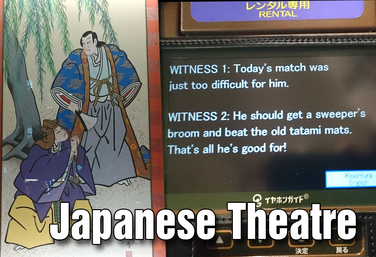
Part of the Drama One Curriculum
Japanese Theatre
by Karen Loftus
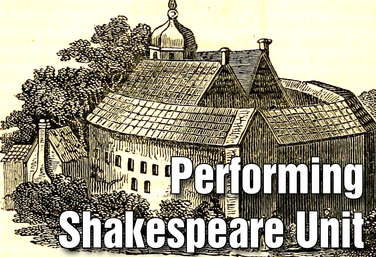
Part of the Drama Two Curriculum
Performing Shakespeare
by Matt Webster
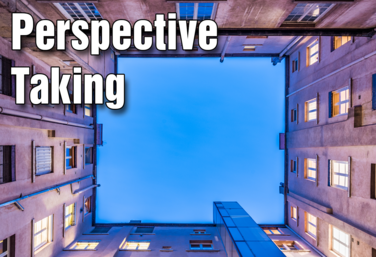
Perspective Taking
by Lindsay Price
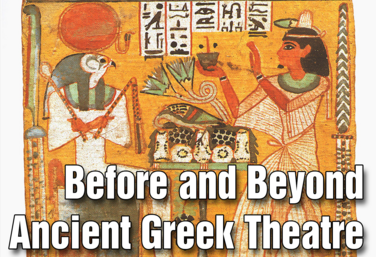
Part of the Theatre History Curriculum
Unit 1: Before and Beyond Ancient Greek Theatre
by Drama Teacher Academy
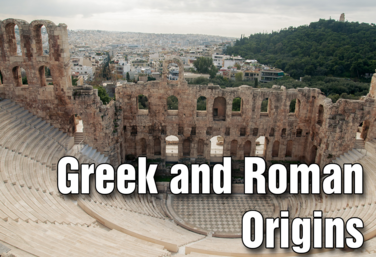
Part of the Theatre History Curriculum
Unit 2: Greek & Roman Origins
by Drama Teacher Academy
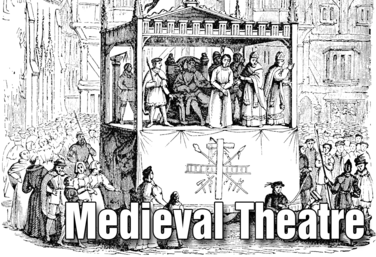
Part of the Theatre History Curriculum
Unit 3: Medieval Theatre
by Drama Teacher Academy
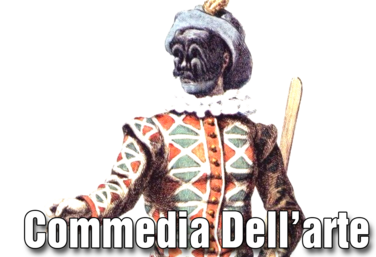
Part of the Theatre History Curriculum
Unit 4: Commedia Dell'Arte
by Drama Teacher Academy
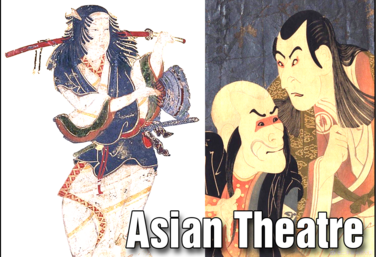
Part of the Theatre History Curriculum
Unit 5: Asian Theatre
by Drama Teacher Academy
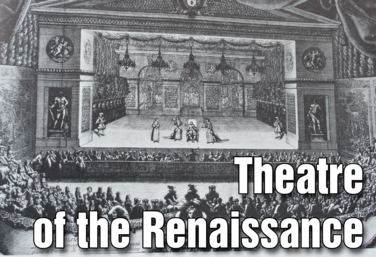
Part of the Theatre History Curriculum
Unit 6: Theatre of the Renaissance
by Drama Teacher Academy
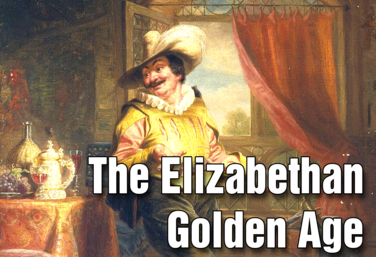
Part of the Theatre History Curriculum
Unit 7: The Elizabethan Golden Age
by Drama Teacher Academy
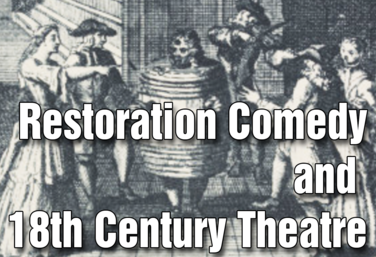
Part of the Theatre History Curriculum
Unit 8: Restoration Comedy & 18th Century Theatre
by Drama Teacher Academy
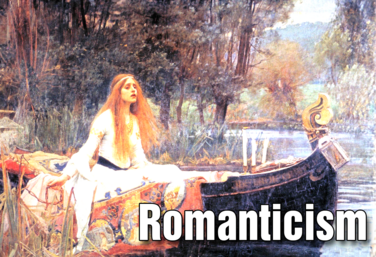
Part of the Theatre History Curriculum
Unit 9: Romanticism
by Drama Teacher Academy
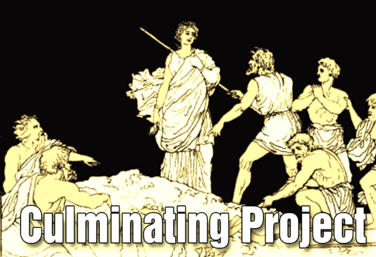
Part of the Theatre History Curriculum
Culminating Project
by Drama Teacher Academy
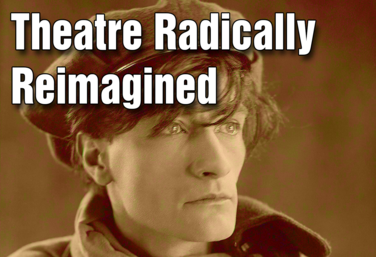
Theatre Radically Reimagined: Exploring Artaud, Grotowski, and Boal
by Ruthie Tutterow
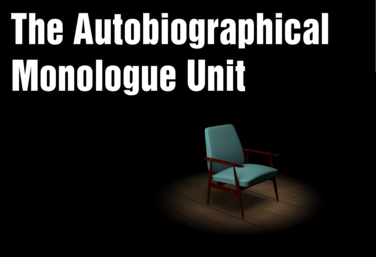
The Autobiographical Monologue
by Gai Jones
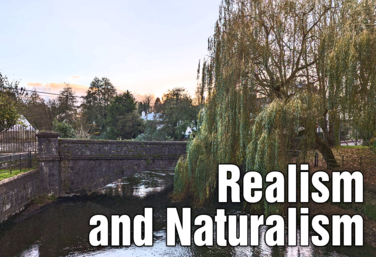.png)
Realism and Naturalism
by Drama Teacher Academy
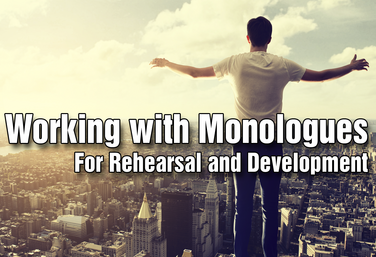
Working With Monologues For Rehearsal And Development
by Gai Jones
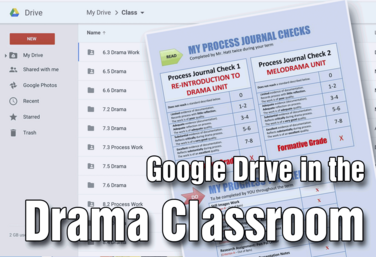
Google Drive in the Drama Classroom
by Josh Hatt
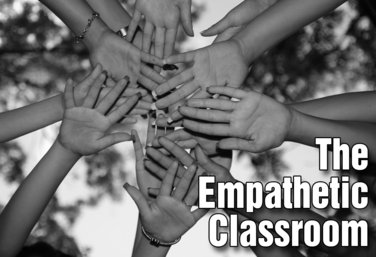
The Empathetic Classroom
by Steven Stack

Director's Toolbox 1: Teaching Students to Direct
by James Van Leishout
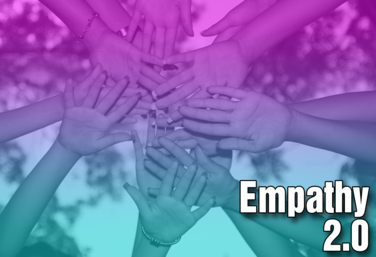
Empathy 2.0
by Steven Stack
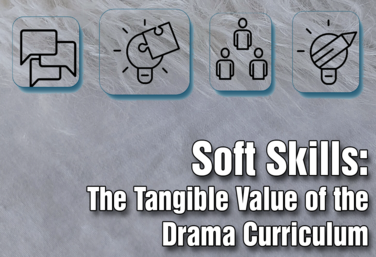
Soft Skills, The Tangible Value of the Drama Curriculum
by Matt Webster
View all Standards for British Columbia (2018) Standards Master List